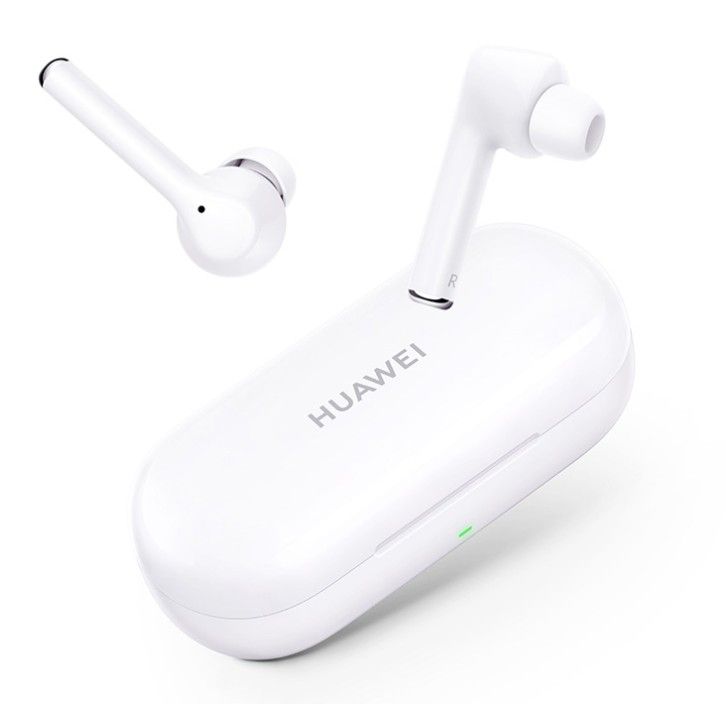Taiwanese chipmaker MediaTek has expanded its gaming-focused Helio G series of chipsets with a new addition in the form of Helio G85. We first learned about the Helio G85 with the launch of the Redmi Note 9 last month which was the first phone to be powered by this new SoC. However, our knowledge about the exact details and specs of the chipset was quite limited at the time. Now, MediaTek has finally shed more light on the new SoC. The Helio G85 is an upgraded variant of the Helio G80 and aims to deliver a high-performance mobile gaming experience on a budget.
The Helio G85 is built on a 12nm process and features an octa-core CPU arranged in a big.LITTLE setup. It has 2x ARM Cortex-A75 performance cores clocked at 2.0GHz frequency and 6x ARM Cortex-A55 efficiency cores running at 1.8GHz frequency. The GPU architecture is also unchanged from the Helio G80 but it features slightly higher clock frequency – 1GHz compared to the previous 950MHz.

The ISP supports up to 25MP single camera with zero shutter lag or up to 16MP + 16MP cameras with ZSL — It can also process up to 48MP snapshots. The Helio G85 offers various gaming enhancements as part of its HyperEngine suite including dynamic allocation of CPU, GPU, and memory while factoring in power, thermal, and gameplay requirements. It also offers several network optimizations such as “intelligent prediction of Wi-Fi and LTE concurrency triggers in just 13 milliseconds” and the ability to postpone incoming calls while in-game without dropping the data connection.
The SoC also supports MediaTek’s neural engine, which accelerates Computer Vision (CV) tasks in apps like Google Lens and also supports boosting the performance of scene detection, object segmentation with background removal, and Bokeh-shot enhancements. NeuroPilot, MediaTek’s AI SDK, is compatible with Android’s Neural Networks API (NNAPI) so app developers using the API for machine learning and artificial intelligence can take advantage of the SoC’s hardware acceleration in their apps.
In terms of connectivity, the Helio P85 keeps things basic. It supports dual 4G LTE with Cat-7 DL / Cat-13 UL, WiFi 5, and Bluetooth 5.0.
The MediaTek Helio G85 has already started shipping on smartphones and will serve as an excellent choice for smartphone OEMs looking to deliver a powerful gaming performance in the budget and mid-range segments.
Source: MediaTek
The post MediaTek details the Helio G85, a mid-range SoC for high-performance mobile gaming appeared first on xda-developers.
from xda-developers https://ift.tt/2W9mUsU
via IFTTT











